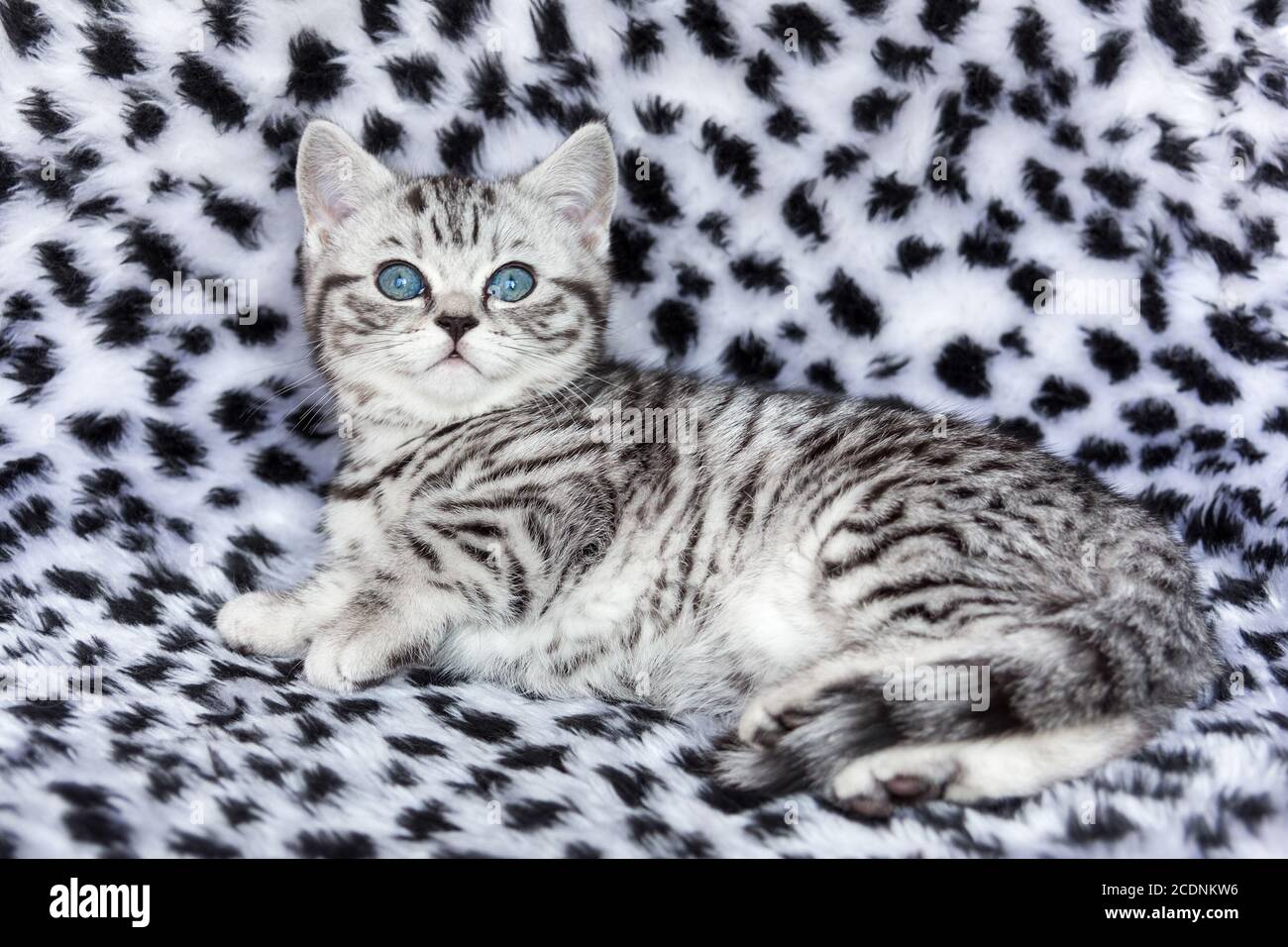

This led to the persecution of many black cats, a decline in their population, and many of the superstitions surrounding black cats today. In Medieval England, many people believed that witches kept tabby cats as familiars, and they would turn into black horses at night that witches would ride. Because cats have been seen as nocturnal, independent animals, ancient peoples have always associated them with magic and mystery. Tabby cats, specifically black tabby cats, have a long, interesting history and association with witchcraft. Instead of waking the cat, he used a pair of scissors to cut off the sleeve.Īre tabby cats a favorite familiar of witches? Muezza was said to be Prophet Muhammad’s favorite cat, and one day, while preparing for prayer, he found a cat sleeping on the sleeve of his robe.The Prophet affectionately stroked the back of the cat three times giving cats the ability to land on their feet, and placed his hand on the forehead, leaving his initial M as a sign of love for cats. A snake crawled into the sleeve of Prophet Muhammad’s robe, and a cat quickly killed it.Interestingly, there is no mention of cats in the bible, so I’m not sure how this story has been shared. There are different versions of this story, but a common theme is that the cat comforted the baby, after Mary and several farm animals had failed to stop Jesus crying. As a sign of gratitude, Mary drew an M on the cat’s forehead. A tabby cat came along, and jumped into the manger and lay beside Jesus, purring loudly and the baby stopped crying. The baby Jesus began to shiver on the night he was born, the Virgin Mary wrapped Jesus in blankets, but he continued to cry.There are several theories as to the origins of this characteristic marking. Ticked tabby Black tabby MĪll black tabbies have a distinctive M-shaped marking on their forehead. Abyssinian and Singapura cats are the best known ticked tabby breeds. Ticked – The ticked tabby pattern consists of black-tipped agouti hairs with no black stripes, sworls or spots. Spotted – The spotted tabby is thought to be caused by a modifier gene that breaks up the mackerel pattern into short bars or spots.

A recessive gene is responsible for the classic tabby pattern and the cat must inherit two copies of the classic tabby gene for the pattern to be expressed. The Mackerel tabby consists of a pale or grey or brown agouti (ticked) ground color with black fishbone stripes down the sides of the body.Ĭlassic – Also known as blotched tabby, the classic tabby pattern consists of a pale grey or brown ground color with curving bands of black sworls along the body, with a bullseye on each side of the body. Mackerel – Also known tiger cats, the mackerel tabby is the default wild-type and the most common tabby pattern. The tabby pattern is widespread in both the domestic cat (moggy) and purebred cat.Ĭat breeds permitted to have the black tabby color, pattern include: The ground color (the color of the agouti band) of this form of tabby, should not be drab or cold in tone, but more auburn or warm. In exhibition cats, the vertical striping should be well defined, evenly spaced and as unbroken as possible. The black-based mackerel tabby is the wild type, as defined earlier and has a genotype of A-B-D-Mc. Robinson’s Genetics for Cat Breeders and Veterinarians describes the black mackerel tabby as follows: The face of the black tabby cats consists of an M on the forehead as well as thin pencil lines on the cheeks.īlack tabby is the wild-type coat color/pattern of the African Wild cats (Felis Lybica), the ancestor of domestic cats. A black tabby is a type of coat color and pattern combination that consists of melanistic black stripes, sworls or spots on a lighter banded (ticked) ground color.


 0 kommentar(er)
0 kommentar(er)
